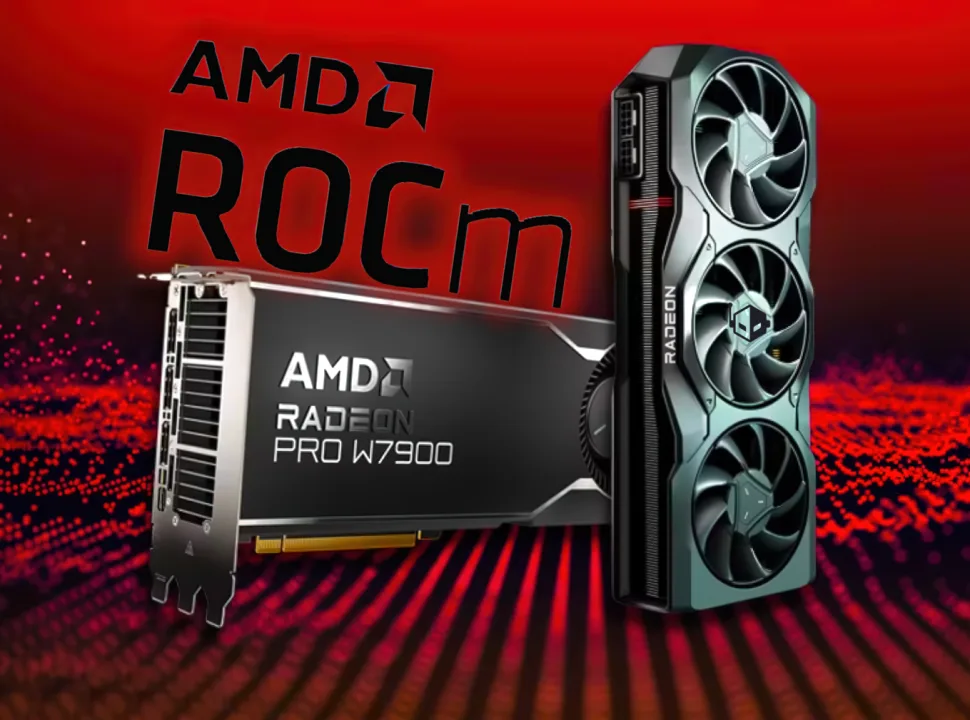Qualcomm is setting the stage for a massive shake-up in the desktop CPU market with its upcoming Snapdragon X2 lineup. According to fresh leaks, these processors will feature up to 18 high-performance Oryon V3 cores, a significant upgrade that could directly challenge Intel and AMD in the AI PC era. But what’s truly revolutionary? Qualcomm is rumored to be integrating memory and SSD storage directly within the CPU package, a radical shift that could redefine computing efficiency and performance.
Table of Contents
Qualcomm’s Bold Entry Into Desktop Computing
Qualcomm has already made waves in the mobile and laptop segments with its Snapdragon X Elite lineup. Now, the company is taking its expertise to desktop computing, and the Snapdragon X2 series is expected to deliver serious power.
According to a report from German media outlet WinFuture, Qualcomm’s Project Glymur—believed to be the foundation of the Snapdragon X2—aims to introduce a System-in-Package (SiP) design, integrating crucial components directly onto the CPU. This means instead of traditional standalone RAM and SSDs, the Snapdragon X2 CPU could feature built-in 48GB RAM and a 1TB SSD.

The Evolution of Desktop CPUs: A Shift to Integration
Traditionally, desktop PCs have relied on separate components for processing, memory, and storage. The standard architecture involves a CPU, RAM modules, and SSDs or HDDs working together as distinct units. While this approach provides flexibility, it also introduces bottlenecks in performance due to the time it takes for data to travel between these components.
Why This Integration Matters
The industry has seen similar advancements, like AMD’s 3D V-Cache technology, where additional cache memory is stacked on top of the CPU die to boost performance. Qualcomm, however, is taking things further by potentially eliminating the need for separate RAM and SSD units altogether.
This integration could lead to:
- Faster data transfer speeds due to reduced latency
- Better thermal management since all components share the same cooling solution
- More compact and efficient motherboard designs
- Increased energy efficiency, reducing power consumption while maximizing performance
- Stronger security, as an integrated package is harder to tamper with compared to separate storage devices
However, challenges remain. Manufacturing complexities, repairability, and upgrade limitations are key concerns, as users won’t be able to replace or expand RAM and SSD storage separately. This means that consumers will have to choose configurations carefully at the time of purchase, as future upgrades may be restricted.
Snapdragon X2: A True Competitor to Intel & AMD?
Qualcomm’s entry into the desktop CPU space comes at a time when AI-powered computing is gaining traction. With Microsoft and other tech giants pushing AI-driven PC experiences, the Snapdragon X2 processors could be at the forefront of this transformation.
Furthermore, reports indicate that Qualcomm is planning an “Ultra Premium” Snapdragon X2 variant, possibly targeting high-performance computing and AI workloads. This suggests Qualcomm is not just aiming at energy-efficient designs, but also at competing with Intel’s Core Ultra and AMD’s Ryzen AI chips in the premium PC market.
Qualcomm’s AI Edge
AI is rapidly becoming the cornerstone of modern computing. Qualcomm has long been a leader in AI acceleration on mobile devices, leveraging its Hexagon AI processors for machine learning tasks. If the Snapdragon X2 integrates advanced AI processing capabilities, it could position itself as the go-to processor for tasks such as:
- Real-time video editing and enhancement
- AI-powered software automation for business applications
- Advanced gaming AI that adapts in real-time
- Improved cybersecurity through intelligent threat detection
This could make Qualcomm’s chips ideal for content creators, developers, and AI enthusiasts looking for a powerful yet power-efficient CPU option.

How Will Qualcomm Overcome Desktop Market Challenges?
While Qualcomm has mastered the mobile and laptop markets, the desktop landscape is a different beast. The company faces several key challenges in making Snapdragon X2 a viable competitor against Intel and AMD.
1. Compatibility with Existing Software
Most desktop software is optimized for x86 architecture, the foundation of Intel and AMD processors. Qualcomm’s Snapdragon X2 will likely be based on ARM architecture, which, while power-efficient, may require software re-optimization. However, with Windows embracing ARM-based computing, Qualcomm could be positioned well for the future.
2. Performance Under Heavy Loads
Desktop CPUs are expected to handle extensive multitasking, including high-end gaming, video rendering, and AI workloads. While Qualcomm has proved its efficiency with laptop processors, the desktop environment demands sustained high performance without throttling due to heat. Integrating RAM and SSD into the CPU could help in reducing heat dissipation issues, but it remains to be seen how Snapdragon X2 handles real-world stress tests.
3. Market Adoption and Ecosystem Support
Qualcomm needs strong partnerships with PC manufacturers and software developers to ensure Snapdragon X2 finds its way into mainstream desktop machines. If companies like Microsoft, Dell, and Lenovo embrace this new technology, we could see widespread adoption much sooner.
4. Price and Value Proposition
For Snapdragon X2 to truly compete, it must offer a compelling price-to-performance ratio. If it provides superior AI capabilities, better thermal management, and competitive performance per watt, it could attract businesses and power users looking for next-gen computing solutions.
What’s Next?
While Qualcomm has yet to confirm the official details, the Snapdragon X2 series is shaping up to be a game-changer in desktop computing. If these rumors hold true, we could witness a paradigm shift in how desktop PCs are built and operated.
With the potential to integrate memory and storage directly onto the CPU, Qualcomm may be rewriting the rulebook for desktop computing efficiency and AI acceleration. Some key areas to watch for in the coming months include:
- Official performance benchmarks from Qualcomm and independent testers
- Windows 11 optimization for ARM-based Snapdragon X2
- Partnerships with PC manufacturers for Snapdragon X2-powered desktops
- Pricing and availability details for different configurations
Final Thoughts: A New Era for Desktops?
If Qualcomm executes its vision effectively, Snapdragon X2 could usher in a new era of AI-powered desktops. By integrating CPU, RAM, and SSD into a single package, Qualcomm is not only simplifying hardware design but also potentially boosting efficiency and security.
While challenges remain in software compatibility, upgradeability, and ecosystem support, Qualcomm’s track record in mobile and laptop markets suggests they might just have the right formula to disrupt the desktop CPU landscape.
As we await official announcements, one thing is clear: the desktop computing space is about to get a lot more interesting!








